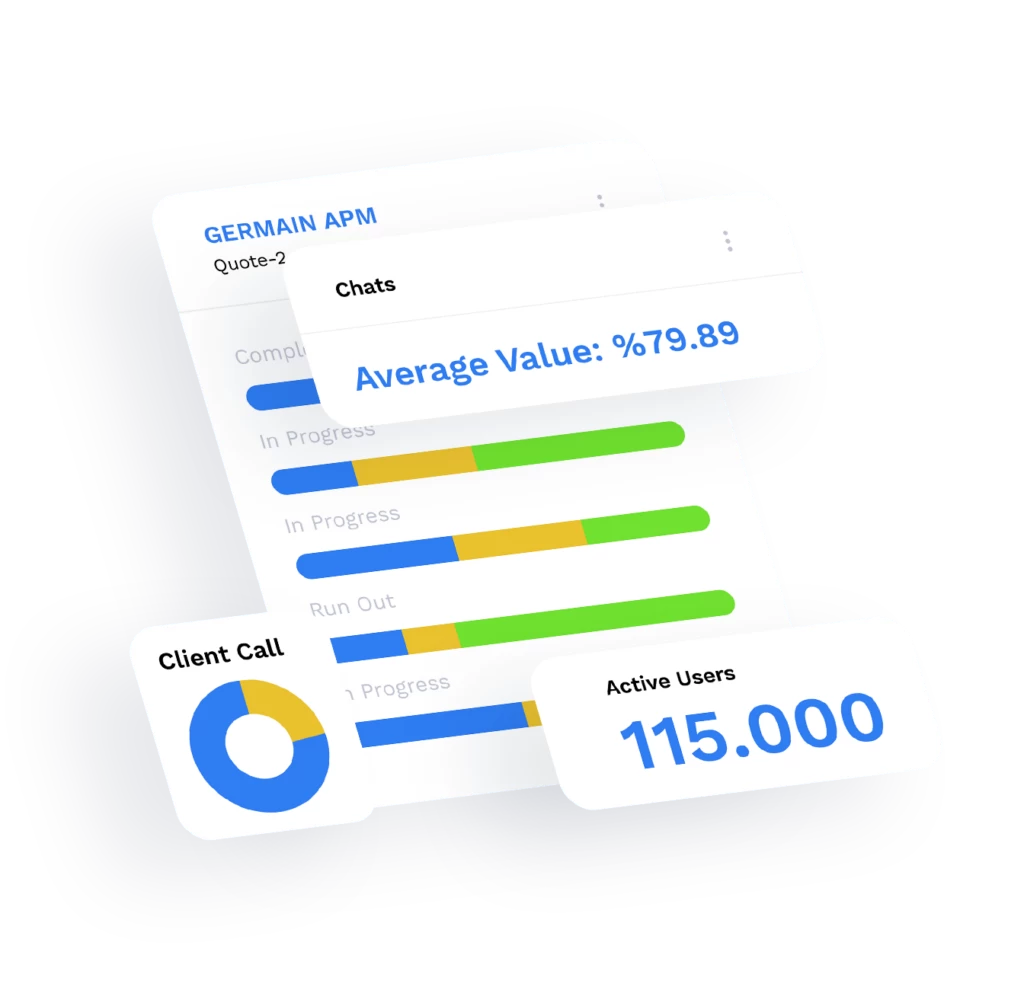Application Performance Monitoring Approaches
There is a wealth of APM approaches to choose from, and the right tool for the job depends on your organization's specific needs. In this blog post, we'll introduce you to three popular APM tools and discuss their benefits and drawbacks. We'll also provide a step-by-step guide to using each tool to monitor application performance. You can also check out the application performance monitoring (APM) features via GermainAPM.

Application performance monitoring (APM) has become an essential part of modern software development practices. Achieving acceptable levels of performance can be difficult, but with the help of APM tools, it's possible to identify and fix problems before they cause serious degradation in system performance.
Application performance management (APM) involves the collection of performance data and an analysis process to identify problems and fix them before they cause significant performance degradation. For example, APM tools can be used to monitor memory usage in order to detect memory leaks or while a server is under high load.
You can then implement a solution such as a garbage collector or jemalloc, which uses multiple processes to manage memory independently. This allows you to dynamically allocate and free large amounts of memory without incurring excessive overhead that would otherwise occur when allocating and freeing objects in multiple processes at once.
